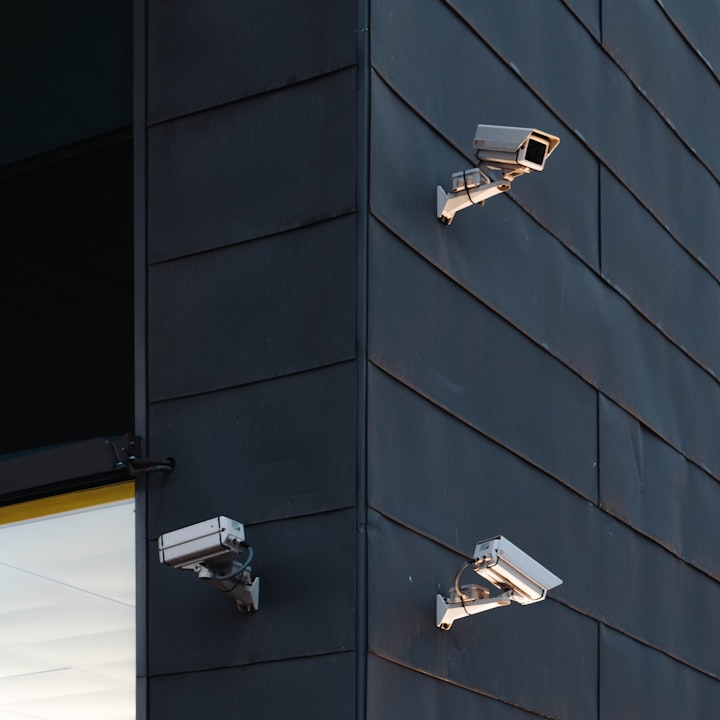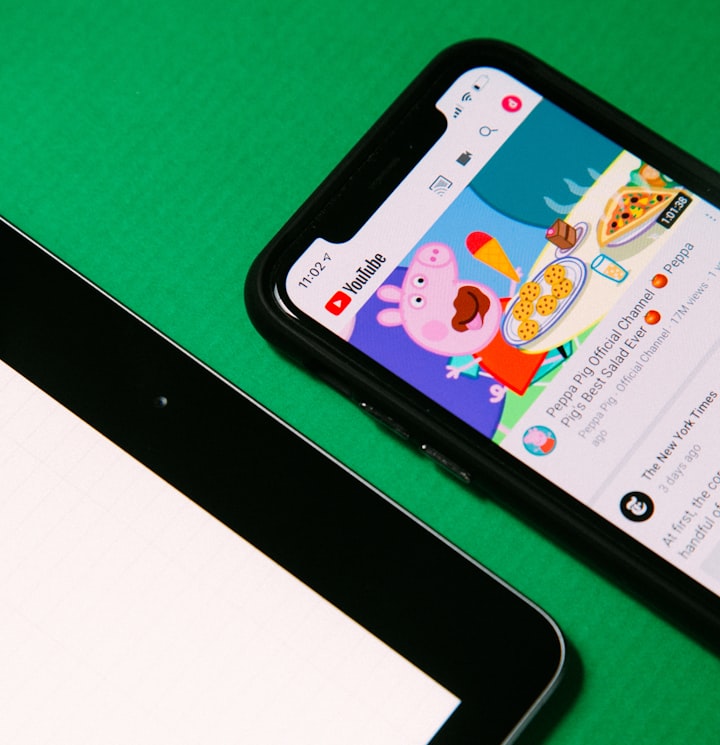Why Do Games with Piracy Protection Still Run?
The debate on piracy protection in gaming and the effectiveness of anti-piracy measures is multifaceted. Learn how and why pirated games can still run despite deterrents.

In the world of video gaming, piracy is a persistent issue that game developers combat using various methods. One of these strategies is the incorporation of piracy detection and deterrent mechanisms within games. These systems are designed to recognize illegal copies and modify the game experience, leading to the question: why do these games still run at all?
Effectiveness of Deterrents:
Game developers implement anti-piracy measures to protect their intellectual property.
These measures can vary, ranging from simple serial key authentication to more intricate methods that can modify gameplay elements.
However, the effectiveness of these deterrents is a subject of debate.
Understanding the Deterrents' Purpose:
One might wonder why a game with piracy protection would still be allowed to run if it can detect unauthorized copies.
The rationale behind this decision lies in discouraging piracy effectively.
If a game cannot be run at all due to piracy protection, the deterrent is actually less effective.
If a pirate encounters a non-functional copy, they would simply seek a different version until finding one that operates.
Unanticipated Frustration:
Consider a scenario where a pirated game only allows the player to access the first two hours of gameplay.
In this situation, a user might unknowingly play through the initial segment only to be halted by the piracy protection.
Subsequently, they attempt to download an alternative copy, having to replay the same section, potentially discouraging further attempts at piracy due to the frustrating experience.
Impact on Consumer Behavior:
The purpose of these measures is not to prevent all instances of piracy but rather to impact the behavior of potential pirates.
The goal is to inconvenience and frustrate those seeking unauthorized copies, potentially dissuading them.
Balancing Act for Developers:
For game developers, the decision to allow a pirated game to run is a calculated one.
By striking a balance between enabling the game to operate and implementing deterrents, they aim to dissuade piracy without outright obstructing access.
It's a delicate equation wherein the inconvenience caused by the deterrent might dissuade further attempts while still permitting some form of gameplay.
It's clear that the presence of piracy protection within games does not inherently render them inoperable.
Rather, it serves as a calculated barrier with the aim of directing consumer behavior.
This peculiar aspect of video game design prompts one to consider the intricate dynamics of piracy and its impact on the gaming industry.






